When it comes to buying or selling vehicles, not all trims are created equal. Some rare or special edition trims command swift sales and heightened demand, often due to unique features, performance upgrades, or exclusive styling that resonates strongly with buyers.
These trims often become prized possessions, appreciating in value or at least maintaining a premium in the used market. Enthusiasts and collectors especially seek out these limited-run or enhanced versions, creating a niche but eager buyer base that drives rapid turnover.
On the other hand, many trims — even those widely available — struggle to find buyers and tend to sit on dealer lots longer than others.
These slower-moving trims usually lack compelling features, have less desirable equipment levels, or fall into price brackets that compete heavily with better-equipped alternatives.
Sometimes, they’re simply overshadowed by more popular trims or models in the same lineup, causing dealers to discount heavily or keep them in inventory for months.
This article explores both sides of the coin: five rare trims that sell quickly due to their special appeal and five trims that regularly linger on lots because they fail to excite buyers.
Understanding these patterns can help buyers make smarter decisions and assist sellers and dealers in inventory management.
Also Read: 5 Cars With Sky-High Trade-In Values And 5 Dealers Don’t Want
5 Rare Trims That Sell Fast
In the automotive market, trim levels can significantly influence a vehicle’s desirability and resale performance.
While base and mid-level trims often attract the broadest audience due to their balance of price and features, some rare trims stand apart because they offer something truly unique.
These special edition trims, limited production runs, or performance-focused variants often generate strong demand among enthusiasts, collectors, and buyers seeking exclusivity.
Rare trims that sell fast usually combine distinctive styling elements, upgraded technology, enhanced performance, or exclusive features that differentiate them from the standard offerings.
For example, a limited-edition package might include premium leather interiors, advanced driver aids, exclusive paint colors, or performance-tuned engines.
These additions not only make the car more appealing on the lot but also help retain value better over time, making them attractive options for buyers who want something special without stepping into the aftermarket customization world.
Additionally, rarity itself plays a crucial role in driving fast sales. Limited production numbers create a sense of urgency, encouraging buyers to act quickly before the trim is no longer available. This is especially true for trims tied to milestone celebrations, unique collaborations, or performance heritage.
From a dealer’s perspective, rare trims that sell fast help balance inventory and reduce aging stock. They typically command higher prices and experience fewer discounts because of strong buyer interest.
In this section, we’ll dive into five rare trims known for moving quickly off dealership lots and used car lots alike.
Each trim has distinguishing characteristics that give it an edge in desirability and turnover speed, highlighting how scarcity and specialization can elevate a vehicle’s market appeal.
1. Ford Mustang GT Premium
The Ford Mustang GT Premium is a perfect example of a rare trim that consistently sells fast due to its blend of performance, style, and premium features.
Unlike the base Mustang models, the GT Premium adds a powerful 5.0-liter V8 engine that delivers thrilling acceleration and an iconic muscle car experience. This performance upgrade alone draws in enthusiasts looking for a car that stands out on both the street and the track.
Beyond the engine, the GT Premium trim includes luxurious touches like leather upholstery, upgraded infotainment systems, and advanced safety features.
These enhancements provide a more comfortable and tech-savvy driving experience, appealing to buyers who want muscle car excitement without sacrificing daily usability.
Its rarity comes from the combination of being a performance-oriented trim packed with premium amenities—most buyers either choose the base or more stripped-down versions, making the GT Premium less common on lots.
This exclusivity boosts its desirability, often leading to quicker sales and a stronger resale value compared to standard trims.

Dealers appreciate how the Mustang GT Premium moves quickly through inventory, allowing them to price it closer to MSRP and maintain strong demand. The trim’s status as a performance icon combined with upscale features makes it a standout choice for buyers who want the best of both worlds.
In short, the Ford Mustang GT Premium exemplifies how a rare, well-equipped trim with genuine performance pedigree can sell fast by attracting passionate drivers and collectors alike.
2. Toyota Tacoma TRD Pro
The Toyota Tacoma TRD Pro is a standout example of a rare trim that commands quick sales thanks to its rugged off-road capability and exclusive features.
Unlike the standard Tacoma models, the TRD Pro is designed for serious adventure enthusiasts who demand factory-backed performance enhancements straight from the showroom.
Equipped with upgraded suspension components, skid plates, and all-terrain tires, the TRD Pro trim delivers superior off-road handling and durability.
Its distinctive styling, including unique grille designs, badges, and special paint colors, further differentiates it from the rest of the Tacoma lineup. Inside, the cabin features premium materials and modern technology, blending comfort with toughness.
The rarity factor for the TRD Pro comes from its limited availability and specialized appeal. It caters to a niche but passionate buyer base willing to pay a premium for the enhanced capabilities and exclusive look.
This makes it a sought-after trim that typically sells faster than more basic or even mid-tier Tacomas.
Dealers benefit from the strong demand by pricing the TRD Pro trim competitively, often with minimal discounts, as buyers understand the value and performance they’re getting. Its reputation for durability and resale strength also makes it attractive on the used market, further accelerating turnover.
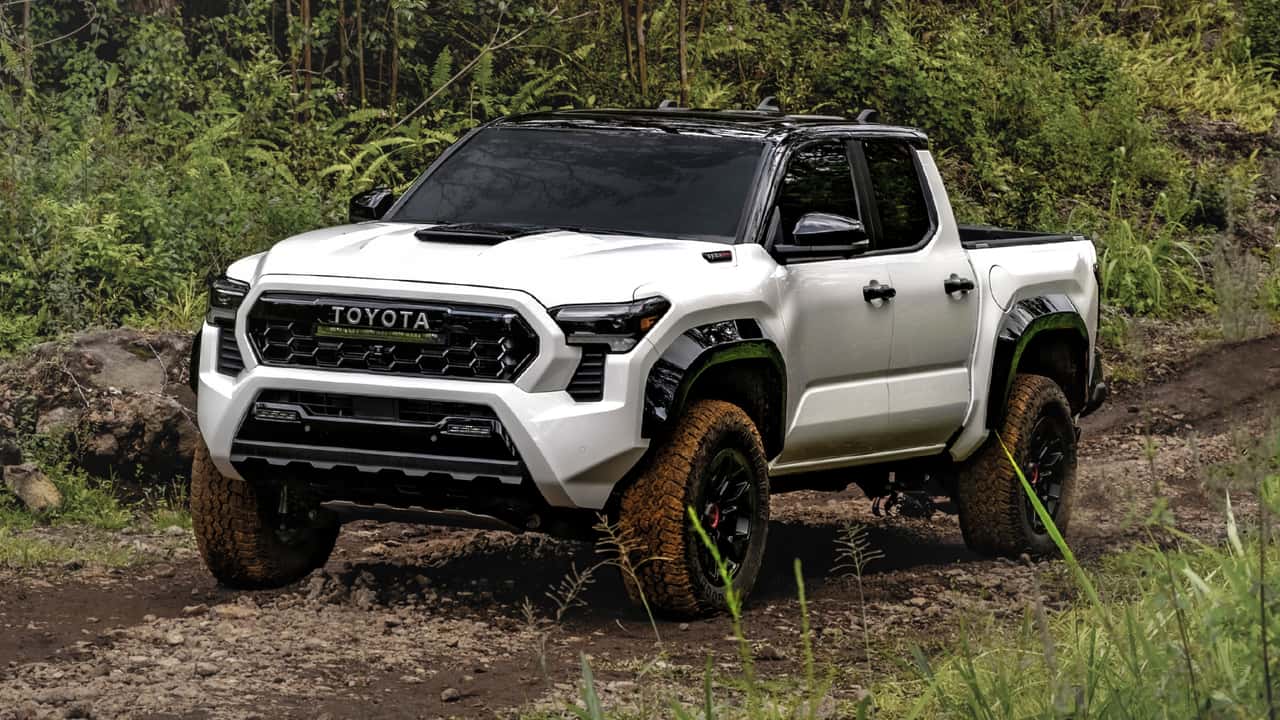
In summary, the Toyota Tacoma TRD Pro proves that trims combining unique off-road hardware with exclusive styling and comfort features create a compelling package that moves quickly through dealer lots, especially among outdoor and adventure-minded buyers.
3. Jeep Wrangler Rubicon
The Jeep Wrangler Rubicon is a legendary trim that consistently sells fast due to its unparalleled off-road prowess and iconic design.
As the top-tier Wrangler trim, the Rubicon features heavy-duty components like locking differentials, electronic sway bar disconnect, and beefier axles, making it a favorite among off-road enthusiasts who want serious trail capability straight from the factory.
What makes the Rubicon truly rare and desirable is how it blends ruggedness with customization options. Its removable doors, fold-down windshield, and convertible roof give owners an open-air driving experience unlike most other vehicles.
These features, combined with the Rubicon’s aggressive styling and unique badging, create a strong emotional appeal that drives demand.
Additionally, the Rubicon trim often includes upgraded interior materials and modern tech, so buyers don’t have to sacrifice comfort for capability. This balance of luxury and toughness attracts a wide range of buyers, from weekend adventurers to serious off-roaders.
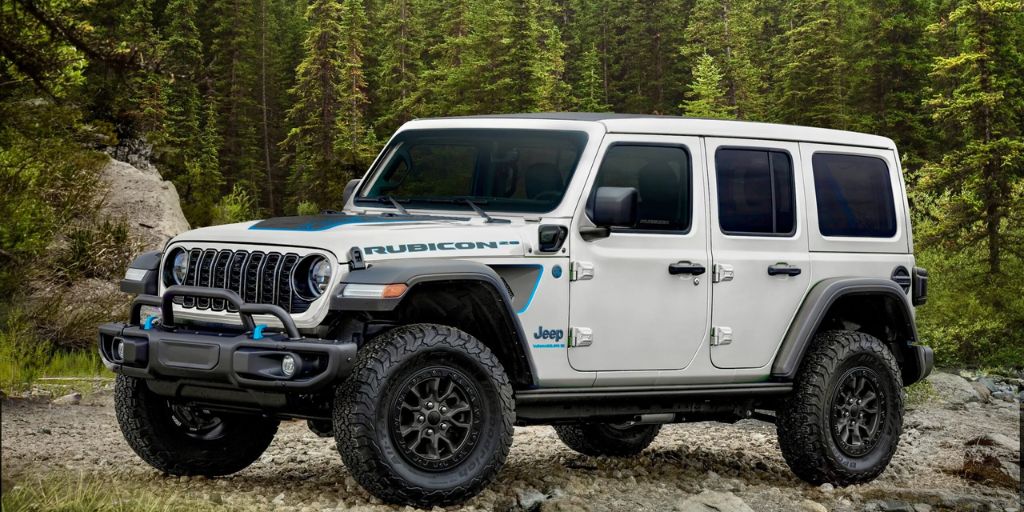
The rarity of the Rubicon comes partly from its higher price point and specialized nature—many Jeep buyers opt for the more affordable Sport or Sahara trims. This limited production and distinct positioning help the Rubicon move quickly off lots, as it appeals to buyers who understand its unique value.
Dealers know the Rubicon’s strong market pull and often price it aggressively with little room for discounting. Its strong resale value and desirability in the used market also contribute to faster turnover.
In essence, the Jeep Wrangler Rubicon is a prime example of a rare trim whose combination of capability, style, and heritage keeps it in high demand, ensuring quick sales.
4. BMW M340i xDrive
The BMW M340i xDrive stands out as a rare trim that sells fast due to its perfect blend of performance, luxury, and all-weather capability.
Positioned above the standard 3 Series models, the M340i features a turbocharged inline-six engine producing lively acceleration and sporty handling that appeals to driving enthusiasts seeking more excitement than the base trims provide.
What sets the M340i xDrive apart is its combination of performance and practicality. The all-wheel-drive system ensures confident traction in various weather conditions, making it desirable in regions with snow or rain.
Inside, this trim boasts upgraded materials, a refined infotainment system, and advanced driver assistance features, delivering a premium driving experience.
Its rarity is partly due to the fact that most buyers tend to gravitate toward the base 330i or the higher-performance but more expensive M3. The M340i strikes a sweet spot by offering near-M3 performance with greater everyday usability, which draws a distinct buyer segment and keeps demand high.
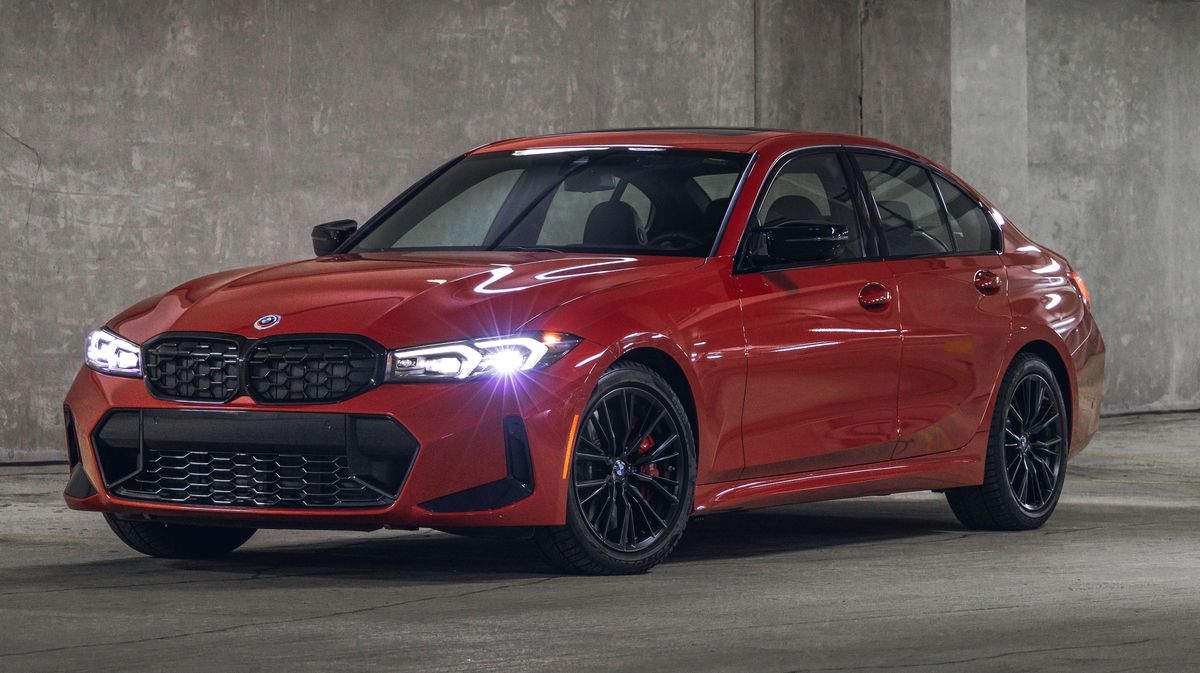
Dealers benefit from strong interest in this trim, often seeing quicker sales compared to standard 3 Series models. The M340i’s combination of sporty dynamics and luxury upgrades creates a package that appeals to both enthusiasts and luxury buyers alike.
In the used market, the M340i’s reputation for strong performance and quality helps it retain value, leading to faster turnover and competitive pricing.
In summary, the BMW M340i xDrive exemplifies a rare trim that moves quickly by delivering an exceptional balance of performance, luxury, and versatility that few other trims can match.
5. Chevrolet Corvette Stingray Z51
The Chevrolet Corvette Stingray Z51 is a standout rare trim that consistently sells fast due to its iconic status, exceptional performance, and track-ready upgrades.
The Z51 package enhances the base Stingray with performance features like a sport-tuned suspension, larger brakes, and a performance exhaust, transforming the Corvette into a more capable and thrilling sports car.
This trim appeals to buyers seeking a blend of American muscle with precision handling and aggressive styling. The Z51’s distinct aerodynamic components and upgraded wheels set it apart visually, while its enhanced performance specs satisfy drivers who want more than just straight-line speed.
The rarity factor comes from the fact that while the Corvette itself is popular, the Z51 package is an optional, performance-focused upgrade not every buyer selects. This makes Z51-equipped Corvettes less common and more desirable for those who prioritize a more track-capable and visually striking version.

Dealers appreciate how the Z51 trim sells quickly, often at or near MSRP, due to strong demand among enthusiasts and collectors. The package’s reputation also helps maintain resale value, making it a sought-after option in both new and used markets.
In summary, the Chevrolet Corvette Stingray Z51 demonstrates how a rare, performance-enhanced trim with distinctive features can drive quick sales and maintain desirability, thanks to its blend of heritage, speed, and style.
5 Trims That Sit On The Lot
While some trims fly off dealer lots thanks to their unique features or rarity, others tend to linger, often overlooked by buyers and relegated to longer stays on the lot.
These slower-moving trims typically suffer from a combination of factors that reduce their appeal — lackluster features, pricing that doesn’t match the value offered, or simply being overshadowed by better-equipped or more popular variants within the same model lineup.
Trims that sit on the lot frequently include base or stripped-down versions with minimal amenities, leaving potential buyers feeling they offer too little for the price.
In some cases, these trims may lack key features that have become standard or highly desired, such as advanced driver aids, infotainment upgrades, or premium comfort options.
Buyers looking for a good balance often bypass these trims in favor of mid- or higher-level packages, even if it means paying a bit more.
Additionally, some trims may fail to resonate due to styling choices, engine options, or market positioning. For example, an undesirable combination of a smaller engine with fewer features might not attract buyers who want either power or convenience.
Also, trims with outdated technology or inferior interior materials can be tough sells in an increasingly competitive market.
From a dealer’s perspective, these slow-selling trims can become inventory burdens, forcing price reductions or incentives to clear stock.
Understanding which trims tend to sit on the lot helps both buyers and sellers make smarter decisions—buyers can potentially score bargains, while dealers can optimize ordering and marketing strategies.
In this section, we’ll explore five trims that frequently sit on lots longer than others. Each example highlights common reasons why some trims fail to gain traction in the marketplace, providing insight into what makes a trim less appealing despite being available.
1. Nissan Sentra S (Base Trim)
The Nissan Sentra S, the base trim of this popular compact sedan, is a prime example of a trim that often sits longer on dealer lots.
While the Sentra overall has a solid reputation for affordability and fuel efficiency, the S trim tends to struggle due to its sparse feature set compared to higher trims.
The Sentra S comes with a smaller 2.0-liter naturally aspirated engine, manual or CVT transmission options, and basic cloth seats.
It lacks many of the creature comforts and tech upgrades that have become expected in this segment, such as advanced safety features like blind-spot monitoring or rear cross-traffic alert, which are only standard on higher trims.
The infotainment system is also more basic, missing smartphone integration and larger touchscreen displays found on mid-level models.
This lack of equipment makes the S trim less appealing to the average buyer, who often finds better value in the SV or SR trims that offer significant upgrades for a reasonable price increase. For many shoppers, the savings from choosing the base trim don’t justify the tradeoffs in comfort, convenience, and safety.
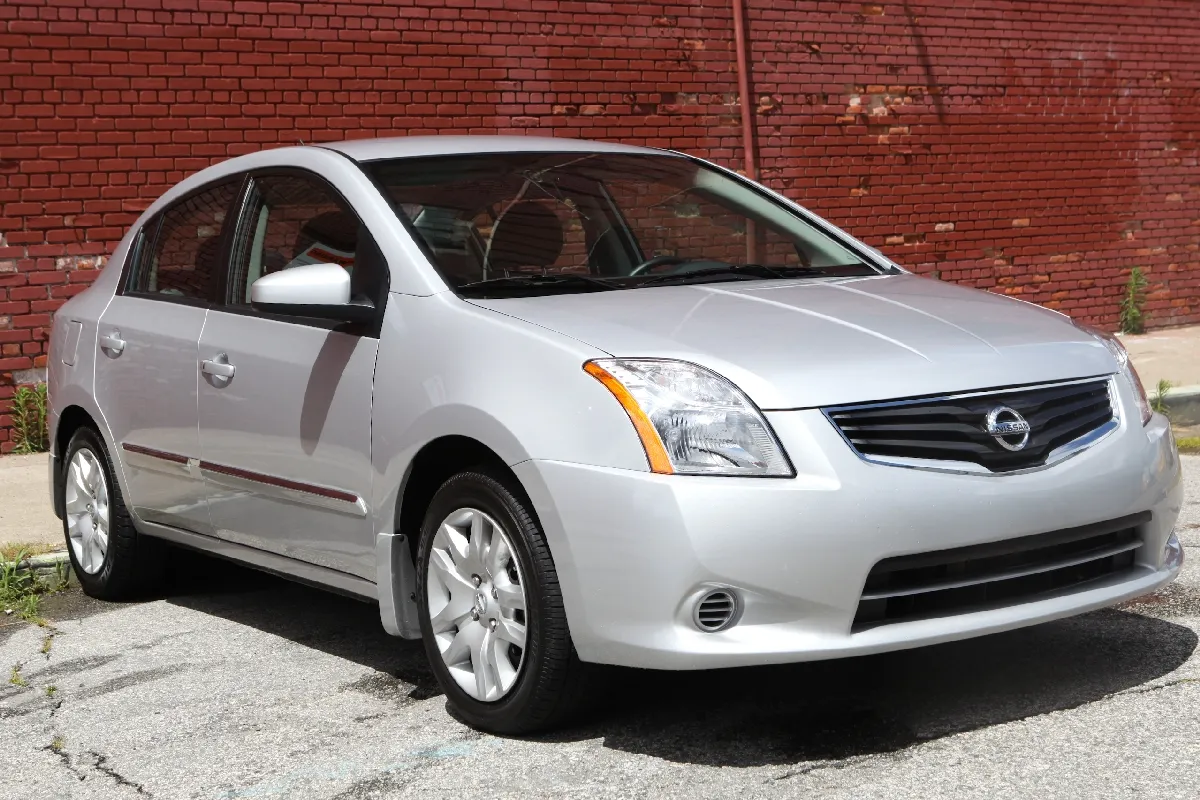
As a result, Nissan dealers frequently see the Sentra S linger on lots longer as buyers gravitate toward better-equipped versions. To move inventory, dealers sometimes have to offer discounts or incentives on the base trim.
In summary, the Nissan Sentra S illustrates how a base trim with minimal features and outdated tech can struggle in today’s competitive compact sedan market, leading to slower sales and longer lot times compared to its better-equipped siblings.
2. Honda CR-V LX
The Honda CR-V LX, which serves as the base trim for one of the best-selling compact SUVs in the market, often faces challenges when it comes to moving off dealer lots quickly.
While the CR-V itself enjoys widespread popularity due to its reliability, spacious interior, and strong resale value, the LX trim frequently struggles with appeal because it lacks many features that buyers now expect as standard.
The LX trim comes with a naturally aspirated 1.5-liter turbocharged engine paired with a CVT, but it misses out on key upgrades found in higher trims, such as a more advanced infotainment system with Apple CarPlay and Android Auto, a power-adjustable driver’s seat, and enhanced safety technology including blind-spot monitoring and rear cross-traffic alert.
These omissions make the LX less attractive, especially when competing compact SUVs offer more standard equipment even in their base versions.
Additionally, the interior materials and convenience features in the LX are more basic, giving it a somewhat utilitarian feel compared to the more refined Sport or EX trims.
For buyers looking for a better balance of comfort and tech, spending slightly more to get into a higher trim becomes a common choice.
Dealers often report that the CR-V LX can remain on the lot longer, requiring price reductions or special offers to entice buyers. This slower movement reflects how consumer expectations have risen, making stripped-down base trims less competitive.
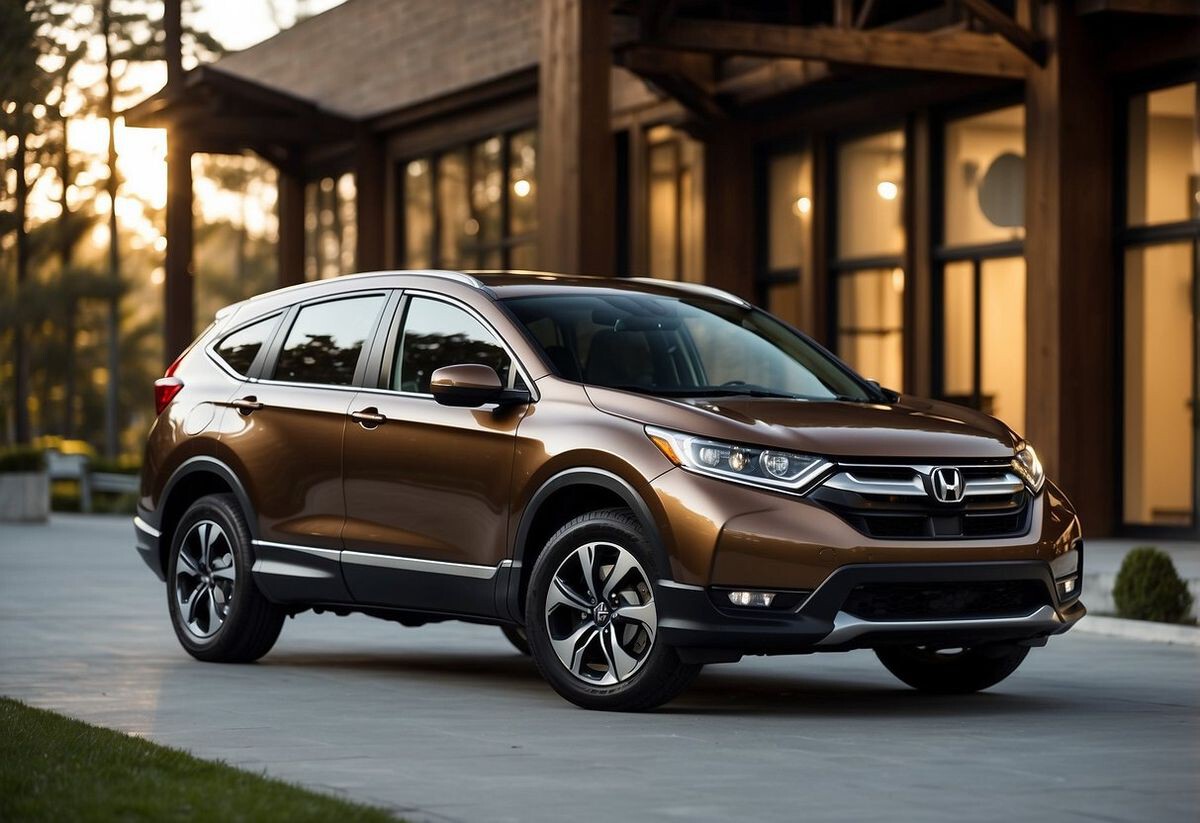
In conclusion, the Honda CR-V LX exemplifies how base trims lacking in features and technology risk sitting unsold longer despite the overall model’s strong reputation, highlighting the market’s growing demand for well-equipped vehicles even at entry price points.
3. Ford F-150 XL
The Ford F-150 XL is the base trim of America’s best-selling full-size pickup, but despite the overall model’s popularity, the XL trim often struggles to sell quickly on dealer lots.
This entry-level trim is aimed more at fleet buyers and work truck customers than retail consumers, which limits its appeal among everyday buyers.
The F-150 XL offers a basic feature set with durable but minimal interior materials, a smaller touchscreen, and fewer convenience and tech features than higher trims like the XLT or Lariat. It also often comes with a less powerful engine option as standard, with fewer drivetrain choices, making it less attractive to those seeking performance or comfort.
While the XL is priced competitively, many retail customers find the step up to the XLT trim worthwhile for added technology, comfort, and style upgrades. For those buying for personal use rather than fleet purposes, the XL’s spartan features can feel too barebones.
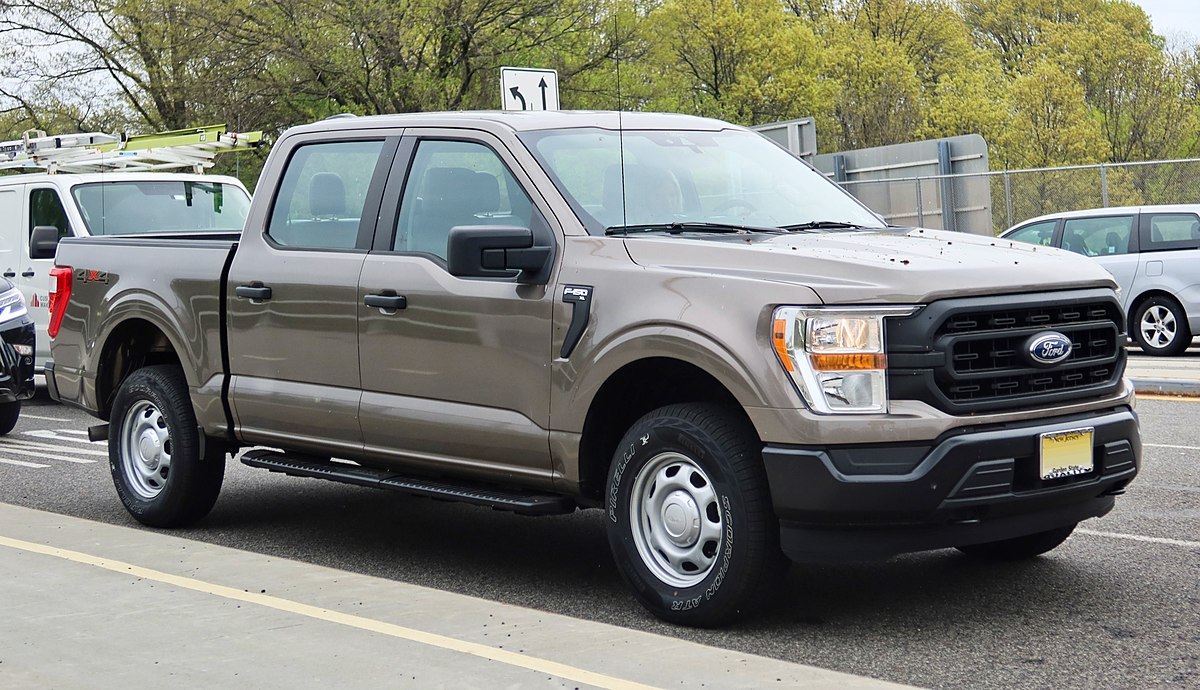
Because of this, dealers frequently see XL models linger on lots longer. They are often sold at discounts or included in commercial sales programs rather than moving quickly through retail channels.
The XL trim’s lower demand highlights how entry-level work trucks can lag behind better-equipped trims despite the overall vehicle’s popularity.
In summary, the Ford F-150 XL demonstrates how a base work-oriented trim can sit longer on dealer lots due to limited appeal for everyday buyers who desire more features and comfort.
4. Toyota Camry LE
The Toyota Camry LE, while one of the most common trims in the Camry lineup, often experiences slower sales compared to higher trims such as the XLE or XSE.
The LE trim, designed as an entry-level option, offers solid reliability and fuel efficiency but lacks many of the premium features that attract buyers in today’s midsize sedan market.
The LE comes equipped with a modest 2.5-liter four-cylinder engine, cloth upholstery, and a basic infotainment system. Although it includes Toyota’s Safety Sense suite, some advanced driver assistance features are reserved for higher trims or optional packages.
Interior materials and amenities are functional but unremarkable, making it less appealing to buyers looking for a more upscale experience.
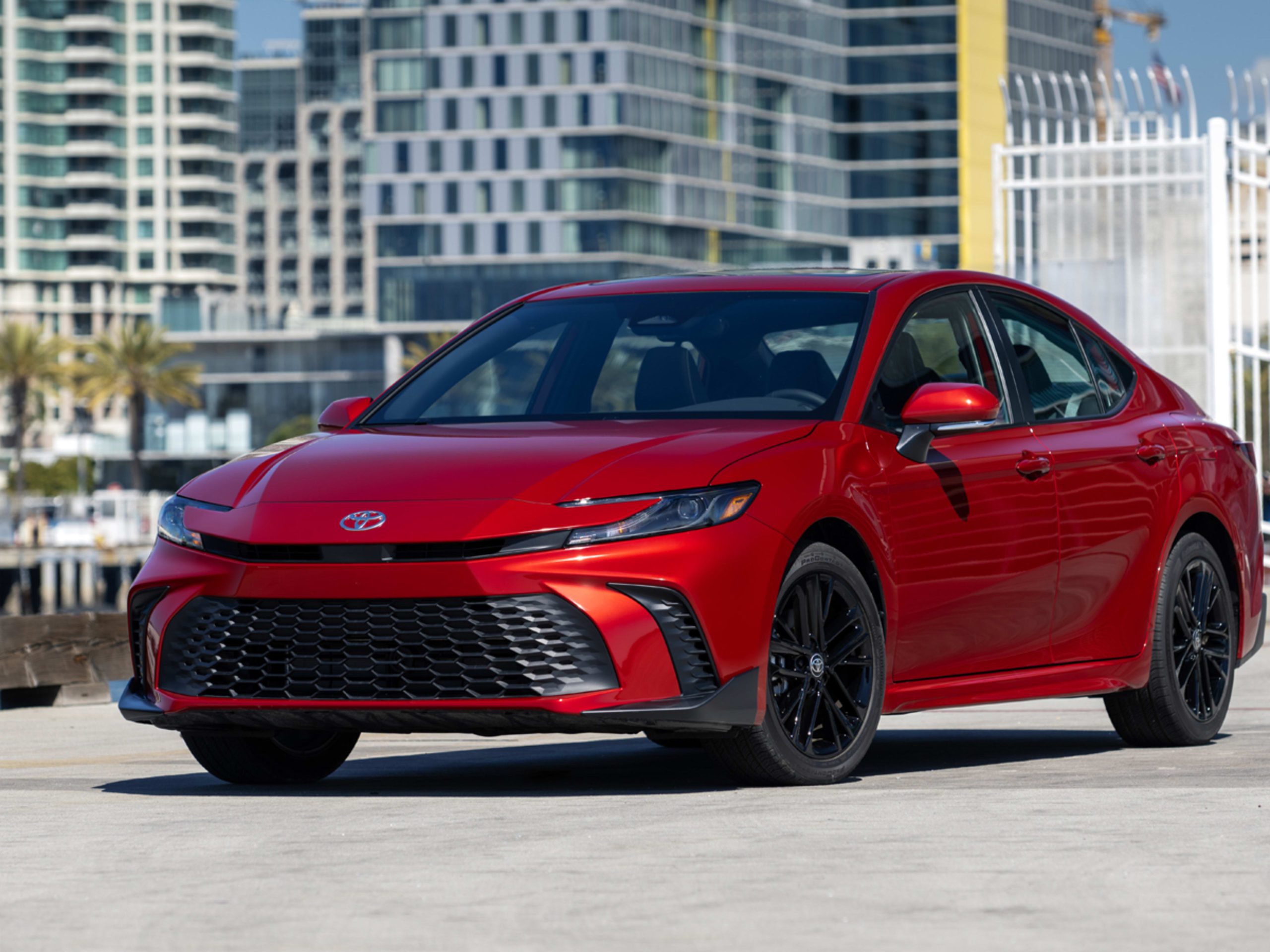
Many consumers are willing to pay a little extra to upgrade to the XLE or XSE trims, which add leather seats, larger touchscreens, better audio systems, and sportier styling cues.
These added comforts and tech upgrades make the LE feel somewhat outdated or bare-bones by comparison, especially in a competitive market where rivals offer more for less.
Dealers report that LE models can linger longer on lots, particularly when inventory levels are high or when shoppers seek better-equipped alternatives. To clear stock, discounts and incentives are often applied to the LE trim.
In summary, the Toyota Camry LE exemplifies how an entry-level trim with limited features can struggle to move quickly, as buyers increasingly prioritize comfort, technology, and style even in mid-tier sedans.
5. Jeep Wrangler Sport
The Jeep Wrangler Sport, the base trim in the Wrangler lineup, is known for its rugged off-road capability but surprisingly often sits longer on dealer lots compared to higher trims like the Sahara or Rubicon.
This is largely due to its limited comfort features and more utilitarian interior, which can deter buyers who want a daily driver with more refinement.
The Sport trim comes with basic cloth seats, manual windows and locks in many cases, and fewer convenience features. It also typically lacks advanced safety tech and infotainment upgrades that have become standard on more expensive Wrangler trims.
While hardcore off-roaders appreciate the simplicity, the average buyer often prefers the added comfort and tech available higher up.
Moreover, the Sport trim’s spartan interior contrasts sharply with the more modern, feature-rich cabins of competitors in the midsize SUV segment, making it less appealing for everyday use. This limits its attractiveness primarily to enthusiasts who prioritize off-road performance over creature comforts.

Dealers frequently find the Wrangler Sport harder to sell quickly, often needing to apply incentives or price adjustments. The trim’s slow turnover highlights the tension between off-road authenticity and mainstream buyer expectations.
In conclusion, the Jeep Wrangler Sport illustrates how a base, rugged trim with minimal features can struggle on dealer lots as buyers increasingly seek SUVs that blend capability with comfort and technology.
The automotive market is diverse, with trim levels ranging from rare, highly sought-after packages to base models that often struggle to find buyers.
Understanding why certain trims sell quickly while others linger on dealer lots offers valuable insight into consumer preferences, market trends, and manufacturer strategies.
Rare trims that sell fast tend to combine exclusivity with compelling features—whether it’s a performance package like the Chevrolet Corvette Stingray Z51, a luxury upgrade such as the Audi Q5 Prestige, or a unique design variant like the Toyota Tacoma TRD Pro.
These trims appeal to buyers looking for something beyond the mainstream, often offering enhanced performance, styling, technology, or luxury that make them stand out.
Their rarity not only sparks demand but also helps maintain higher resale values. Dealers recognize this and price these trims competitively, knowing they’ll attract buyers quickly and hold their value well over time.
On the other hand, trims that sit on the lot usually lack key features or fail to meet evolving buyer expectations.
Base trims like the Nissan Sentra S or the Ford F-150 XL often come with stripped-down features and minimal technology, which, while making them affordable, also make them less desirable in a market where comfort, safety, and convenience are increasingly prioritized.
Even well-regarded models like the Honda CR-V LX or Toyota Camry LE show that buyers are willing to pay more for added features and refinement, leaving the lowest trims behind.
The Jeep Wrangler Sport also demonstrates that rugged capability alone may not be enough if comfort and modern tech are absent.
For dealers, slow-moving trims represent inventory challenges, requiring incentives or discounts to clear stock.
For buyers, these trims can offer bargains but may come with compromises. Ultimately, this dynamic highlights how trim-level decisions—by manufacturers and consumers alike—play a pivotal role in the automotive sales ecosystem.
Also Read: 5 Cars With No Blind Spots and 5 That Are Dangerously Designed

